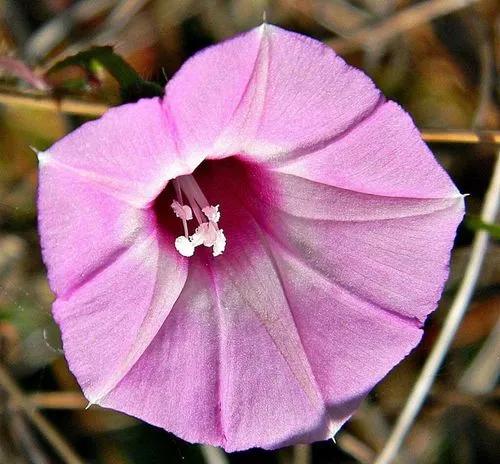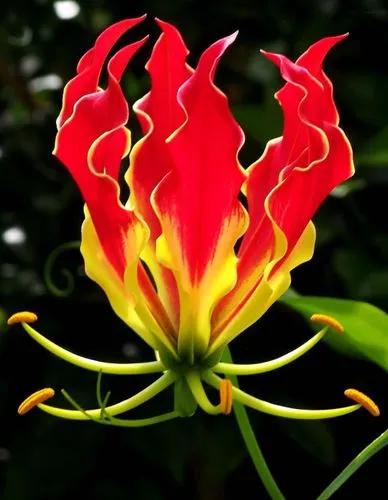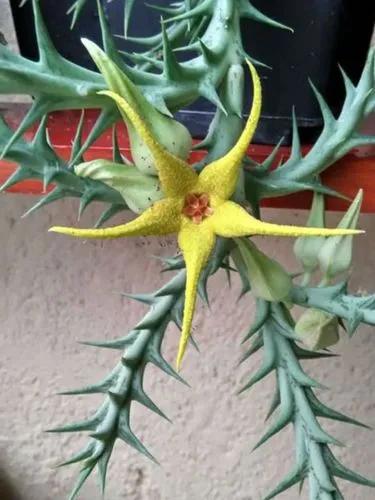Apocynum androsaemifolium, the fly-trap dogbane or spreading dogbane, is a flowering plant in the Gentianales order. A 2-5 ft. widely branching, bushy, perennial with opposite, oval leaves and small groups of tiny, pink, bell-shaped flowers near the branch tips.
Apocynum Androsaemifolium Care
Apocynum Androsaemifolium



What is the plant
How to Care for the Plant

Water

It is drought resistant but appreciates medium water.

Soil

Prefers an acid peaty soil[1] but it succeeds in sun or shade in most well-drained soils and climates

Additional

The sap contains cardiac glycosides that are toxic to humans. The root also contains a potent cardiac stimulant, cymarin. These toxic compounds help protect spreading dogbane from grazing animals. Despite its toxicity, the plant has been used medicinally for a variety of ailments.
Ease your plant care routine with PlantIn's personalized system.

Popularity

150 people already have this plant 39 people have added this plant to their wishlists
What's wrong with your plant?
Related Plants
Discover more plants with the list below
Popular articles






